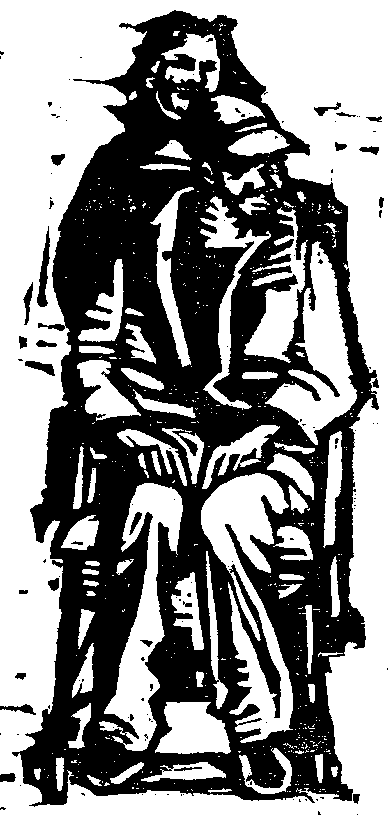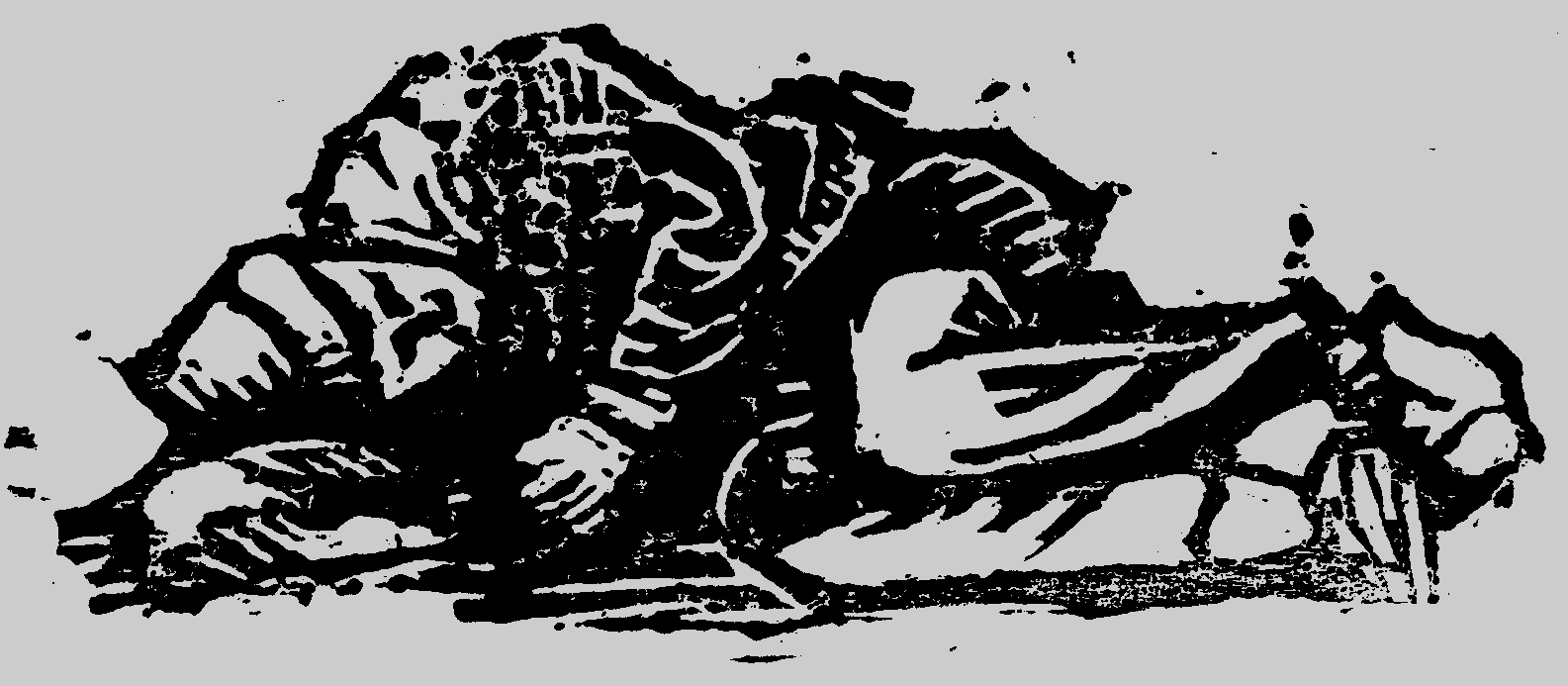|
 |

BY MICHAEL KEATING, EDITOR
Then the LORD said to Cain, “Where is your brother Abel?” “I don’t know,” he replied. “Am I my brother’s keeper?”
In January 2012 there were 62,600 homeless veterans in America, according to a VA survey. That’s more than all those whose names are engraved on The Wall, enough men and women to fill out five divisions.
Five divisions abandoned by their countrymen. Men and women who are homeless, sometimes from a run of bad luck but often as a direct result of their service, service that left many with traumatic brain injuries, flashbacks, and PTSD, and the resulting drug and alcohol abuse. None of which endears them to non-veterans. None of which makes it easy to get off the streets.
It’s a national disgrace. The VA says it has a plan to eliminate homelessness among veterans. It’s a noble goal, but many take government pronouncements with several grains of salt.
Many, therefore, have taken it upon themselves to make a difference in the lives of h omeless veterans. Many work in concert with government agencies or with government funding; others do not. omeless veterans. Many work in concert with government agencies or with government funding; others do not.
Some programs have big agendas: They want to attack the root cause of homelessness, tend to the emotional damage, treat the addictions, find permanent housing, and train for and find viable employment. Others simply aspire to provide a safe, warm bed.
It’s a matter of budgets, staffing, skills, vision, and perceived need. Geography can be a factor, too, and often affects what a program can and cannot do.
In this special issue of The VVA Veteran we’re not offering off-the-rack solutions. Instead, we are profiling a small number of programs designed to end homelessness among veterans. These approaches vary in their ambitions, goals, and staffing. Some have very large budgets; others make the word “shoestring” seems generous. Finally, the programs we’ve selected are scattered all over the country.
What all these programs have in common is that they are trying to develop practical ways to help America’s veterans out of homelessness. They all struggle, within their own parameters and limitations, to be their brothers’—and sisters’—keepers.

BY MARC LEEPSON
The first thing to remember when trying to sort out the different national entities dealing with homeless veterans is that several are part of the federal government, but just one, the National Coalition for Homeless Veterans (NCHV), is a private, nonprofit group.
NCHV was formed in 1990 by a handful of local homeless groups that joined together to work for national programs that addressed the specific needs of homeless men and women who had served in the nation’s armed forces. From its Washington, D.C., office, NCHV lobbies Congress and federal agencies on behalf of homeless veterans. The organization also serves as a liaison between community-based groups working with homeless veterans and local, state, and federal agencies.
On the federal level, three departments have extensive veterans’ homeless programs: the Departments of Veterans Affairs (VA), Labor (DOL), and Housing and Urban Development (HUD). According to NCHV, the VA provides health care to some 150,000 homeless veterans, other services to some 112,000, and compensation or pension benefits to an additional 40,000 homeless veterans.
The three main VA homeless veterans programs are Health Care for Homeless Veterans (HCHV), the Homeless Providers Grant and Per Diem Program (GPD), and the HUD-VA Supportive Housing Program (HUD-VASH). The main Labor Department program is called the Veterans’ Employment and Training Service (DOL-VETS, which is often shortened to VETS).
The VA’s GPD program, which is run through HCHV, funds local agencies that provide services to homeless veterans. HUD-VASH provides long-term case management, supportive services, and permanent housing support for homeless veterans. That includes HUD vouchers that go to veterans who live in public housing to help pay their rent.
DOL-VETS is made up of the Homeless Veterans’ Reintegration Program (HVRP) and the Veterans Workforce Investment Program (VWIP). HVRP mainly provides services to help homeless veterans find jobs. VWIP distributes grants to organizations that help find jobs for veterans with service-connected disabilities or other significant problems finding work, as well as to war veterans and recently honorably discharged veterans.
|
|
 |
|
|











 omeless veterans. Many work in concert with government agencies or with government funding; others do not.
omeless veterans. Many work in concert with government agencies or with government funding; others do not.
